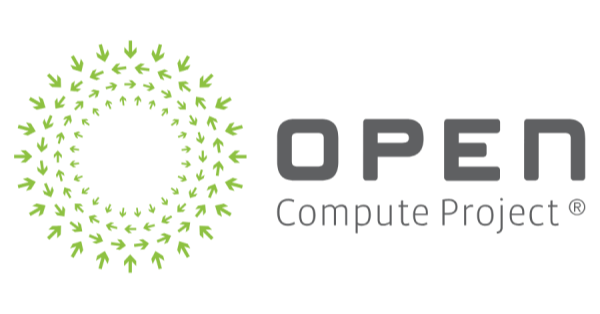Introduction: Ericsson has collaborated with AWS and Hitachi America R&D to underscore the transformative power of 5G, artificial intelligence (AI), and automation solutions in modernizing manufacturing processes.
Challenges or Objectives: The aim was to showcase the potential of emerging technologies in bolstering productivity, efficiency, environmental responsiveness, safety, and cost-effectiveness in the manufacturing realm.
Solution Implemented: A private 5G infrastructure trial was initiated at Hitachi Astemo Americas’ electric motor vehicle manufacturing plant. The solution used Ericsson Private 5G in tandem with the AWS Snow Family to lay the groundwork for establishing machine learning models within the Hitachi factory. This facilitated the real-time transmission of component assembly operation videos, optimizing defect detection processes.
Supporting Evidence: In the trial, a live production assembly line had cameras installed that broadcast real-time videos over Ericsson’s private 5G network. This setup was completed in just three days, resulting in enhanced defect detection, efficient video data upload, and streamlined decision-making.
Why the Selected Technology Was the Right Choice?: Ericsson’s Private 5G, built on 4G and 5G radio and dual-mode core technology, effortlessly integrates with business operations, devices, and applications. This guarantees improved efficiency in productivity, cost, and energy consumption, making it apt for this use case.
Use Case Benefits: The trial unveiled multiple benefits, including rapid use case implementation, heightened performance and reliability in quality checks, and the feasibility of large-scale global deployment of digital production line applications.
Industry Impact: This collaboration indicates the potential of private 5G, cloud, and AI/ML technologies in reshaping the manufacturing industry.
Company’s Role (Ericsson): Ericsson played a central role in deploying the private 5G network, ensuring its integration with AWS and Hitachi technologies, and bringing about the envisioned transformation in the manufacturing process.
Partners for the Use Case: Amazon Web Services (AWS) and Hitachi America R&D were the key collaborators alongside Ericsson.
Use Case Status: The private 5G infrastructure trial was executed and demonstrated successful outcomes in enhancing the manufacturing process.
Use Case timeline: The trial installation, which involved the setup of cameras on a live production assembly line, was completed in a span of three days.
Customer Endorsements: Thomas Noren from Ericsson, Sudhanshu Gaur from Hitachi America, and Chris McKenna from AWS have all positively endorsed the collaboration, underscoring the value and efficiency brought about by the implemented solutions.



























